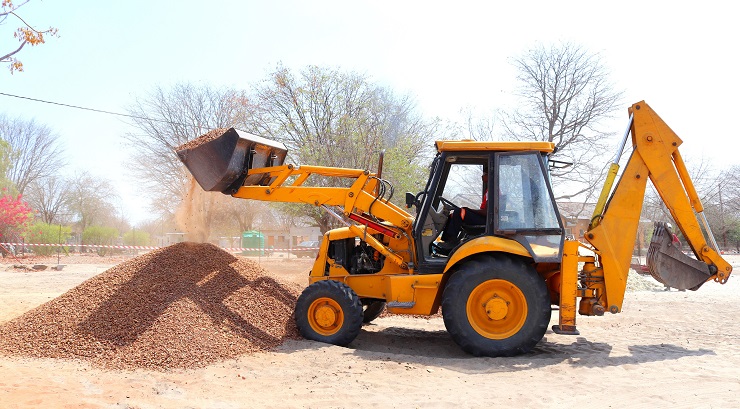Hardware
The ABCs of Machines with Claw in Construction
Navigating the world of construction machines with claw mechanism.

What is a machine with claw?
A clawed construction machine is a broad term used to describe any heavy machine that has been fitted with claw-like attachments.
Claws are used to grab, lift, and move objects. They enhance the functionality of machines, increasing their use for demolition, land clearing and materials handling.
Types of machines with claw
1. Backhoe loaders with claw add-ons
A backhoe loader machine combines both the features of a backhoe and a loader. However, when fitted with claw add-ons, they are useful for:
- Digging: soil and rock excavation,
- Loading: transporting earth to trucks,
- Demolition: small structure demolition.
2. Excavators with a grapple
When clawed with grapples, excavators can execute the following tasks:
- Demolition: efficient structure destruction,
- Material handling: move big objects such as logs, debris, or scrap,
- Recycling projects: segregation and handling of recyclable materials.
3. Cranes with a clamshell bucket
Clamshell bucket-fitted cranes can serve the following purposes:
- Excavation: digging and removal of earth in the building course,
- Bulk material handling: loading and offloading of bulk materials,
- Dredging: cleaning and safeguarding waterways by removing sediment.
RELATED: JCB Unveils Cutting-Edge Backhoes and Skid Steers
4. Wheel loaders with attachments
Attachment claws on wheel loaders are used for:
- Material handling: loading and leveling materials like gravel, sand, and soil,
- Recycling: segregation and handling of salvageable materials,
- Logging: transportation of logs/timber during forestry operations.
5. Telehandlers with claw add-ons
Telehandlers fitted with claw add-ons can carry out the following tasks:
- Lifting and placing objects on elevated areas,
- Transportation of materials on site.
6. Skid steer loaders with grapple buckets
Grapple buckets can be attached to skid steer loaders for the following tasks:
- Clearing construction site,
- Small demolition jobs,
- Moving waste materials from the site.
RELATED: 12 Popular Types of Construction Cranes
7. Feller bunchers
This machine is mainly used in logging and forestry. However, when fitted with claw-like attachments it can do the following:
- Cutting and gathering trees on site,
- Land clearance for construction.
Benefits of machine with claw
1. Versatility. Machines with claw attachments can complete many tasks doing away with the need for several specialized machines on a job site.
2. Efficiency: Claws can handle large, heavy and irregularly shaped objects. This can significantly reduce tasks like demolition, material sorting and heavy lifting.
3. Safety. Claws grip materials tightly reducing the likelihood of accidents caused by dropping or shifting loads, providing a safer work environment for workers.
How to choose machine with claw
1. Consider the primary task
Determine the key task you want the machine to do.
Different claws are better for specific jobs: wood grapples for demolition, clamshell buckets for bulk material handling, and feller bunchers for forestry.
2. Consider the job site
Evaluate the landscape and the constraints on your job site.
Smaller, maneuverable machines like skid steer loaders do best in confined spaces, while bigger excavators are suitable for open and quite challenging rugged terrain.
3. Consider the machine capacity
Check the lifting ability, reach, and power of the machine to ensure it can handle the weight and size of the material you will handle.
4. Check the machine compatibility
Ensure the machine is compatible with the required claw attachments as compatibility will affect both the efficiency and the versatility of a machine.














